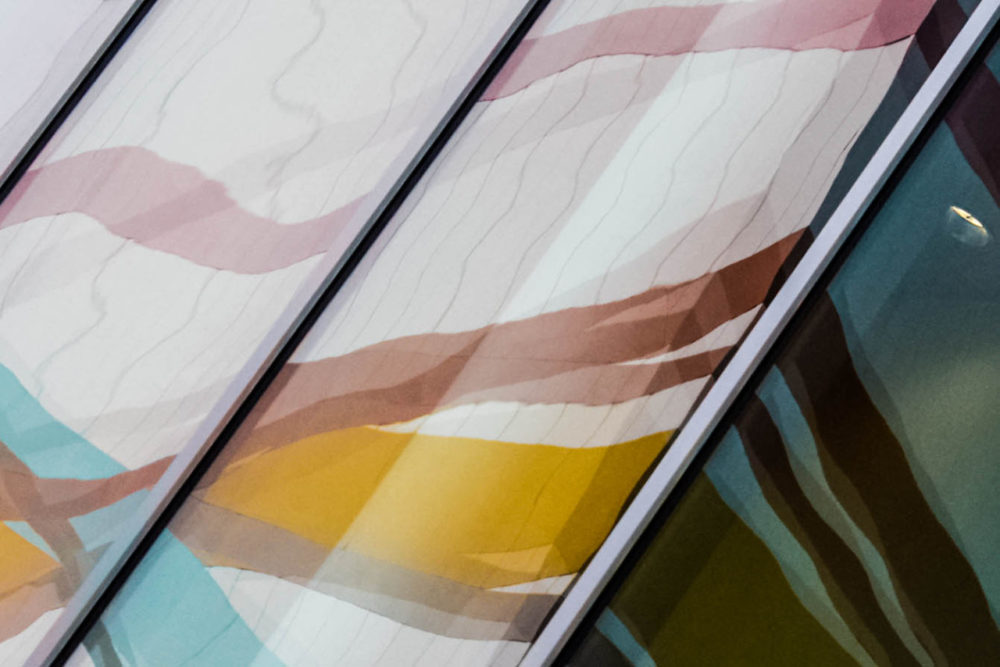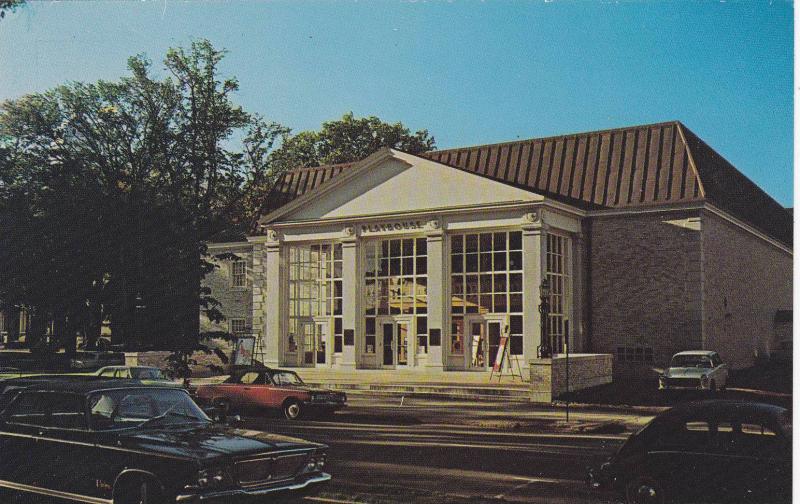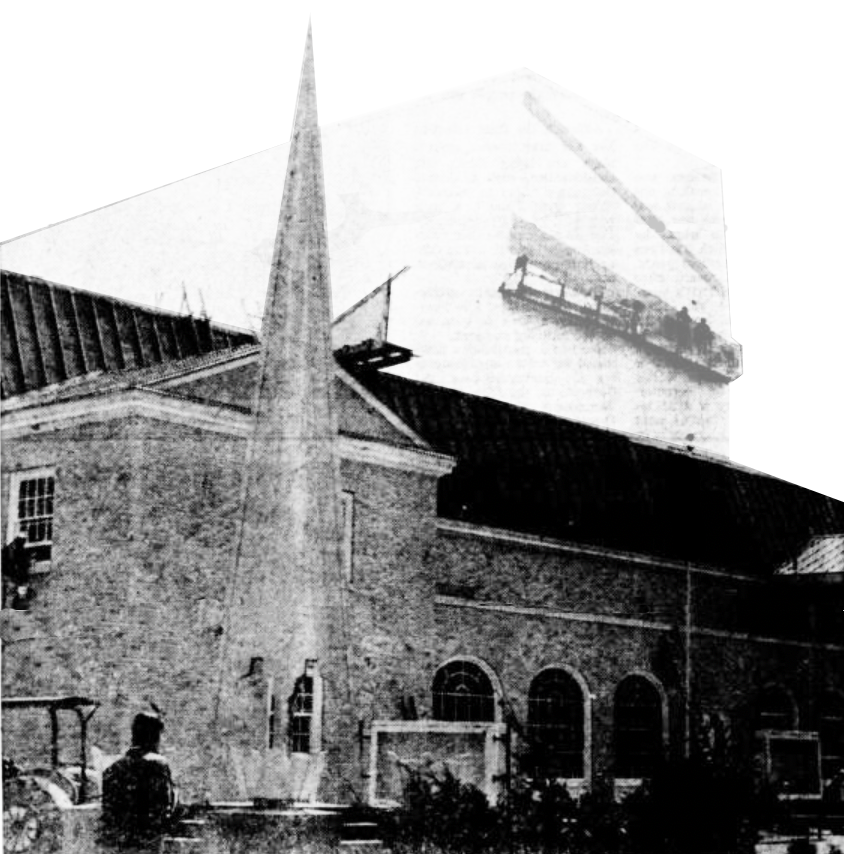2022 marks 50 years since the fly tower was added to the Playhouse, helping to make it one of the most recognizable buildings in Atlantic Canada.

Matt Carter
What makes a building iconic? Is it the shape? The location? The role it may have played in shaping the culture of a community? It could be any of these things. But in the case of the Fredericton Playhouse, it is all of these things and much more.
If you ask anyone who lives in Fredericton or has ever visited the city to name the most memorable building in the downtown core there is a strong possibility they would choose the Fredericton Playhouse. And the reason is obvious. Where else in Atlantic Canada can you find an enormous colorful box resting proudly atop a Georgian-style theatre? The contrast is striking. The contrast is also fitting when you consider the variety of entertainment that takes place each year beneath this oversized flamboyant cupola.

2022 marks the 50th anniversary of this colourful cap. At the time, it was said the addition would make the Playhouse, “the finest production theatre in the country,” in the words of artistic director Walter Learning. The new addition, a fly tower, would enable the Playhouse and its clientele to raise curtains and “fly in” various elements of set and stage design during performances, thus expanding the technical capabilities of the building and increasing its potential as a home for larger touring productions.
To fund this new construction, the Playhouse Board of Directors submitted a proposal for the $1,000,000 project to the Beaverbrook Canadian Foundation who agreed to cover the cost.
Construction began in the summer of ‘71. To make way for contractors, Theatre New Brunswick canceled its summer season while announcing the winter and summer seasons the following year to be the biggest and best offered by the company. In the absence of TNB’s regular programming, a number of community theatre groups including St. Thomas Summer Theatre ‘71 and Theatre on the Green staged what may have been the first outdoor summer theatre productions in the city.
When the project began, Learning hoped to see the Playhouse reopen to the public by January the following year. But as with most major construction projects, things didn’t go as smoothly as Learning and the Playhouse Board of Directors had hoped. The International Brotherhood of Electrical Workers Local 2166, the union representing electricians throughout much of the province, voted to strike on August 23. Those who belonged to Local 2166 left their jobs to picket outside the building after the strike was made official later that same week. This reduction in the project’s labour force combined with delays in the arrival of essential construction materials threatened to jeopardize plans for reopening along with Theatre New Brunswick’s winter season. When the expected delay was announced in October, Learning said, “there will probably be grass on the ground when we open.”

In order to keep the wheels turning at TNB, Learning moved his entire production team to Restigouche Regional High School in Campbellton where the company rehearsed and built sets for the winter season with the plan to return to the Playhouse in the spring.
While construction on the famous fly tower continued throughout the winter and into the spring of ‘72, artist Tom Forrestall was commissioned to create a mural to adorn the new addition. Forrestall’s mural would go on to make the building one of the most recognizable in Atlantic Canada. At the time of its installation, Forrestall described his colourful piece as representing, “a giant surprise package, a big parcel of fun, hinting at what lies within, what is about to happen.”
And what article about the Playhouse fly tower would be complete without mentioning one of Fredericton’s infamous urban legends? The one that suggests Forrestall’s mural installation was a last minute decision in response to an event involving an adult film being projected onto the tower’s Queen Street side, possibly from a rented room across the street at the Lord Beaverbrook Hotel. Despite being among the city’s greatest urban legends, no proof of this action has ever been put forward. In true urban legend fashion, the story behind the largest adult film screening in Canada remains unproven, perpetuated only by its outlandish nature and our collective affection for good stories, true or false.
After a full year of construction and a 50% increase in the estimated budget for the project, the Playhouse eventually reopened on May 16, 1972 with TNB’s lavish production of the popular Rodgers and Hammerstein musical, The King and I, which set a new record for single day ticket sales at the Playhouse box office and began a new era for one of the city’s most recognizable buildings and important cultural centres.




